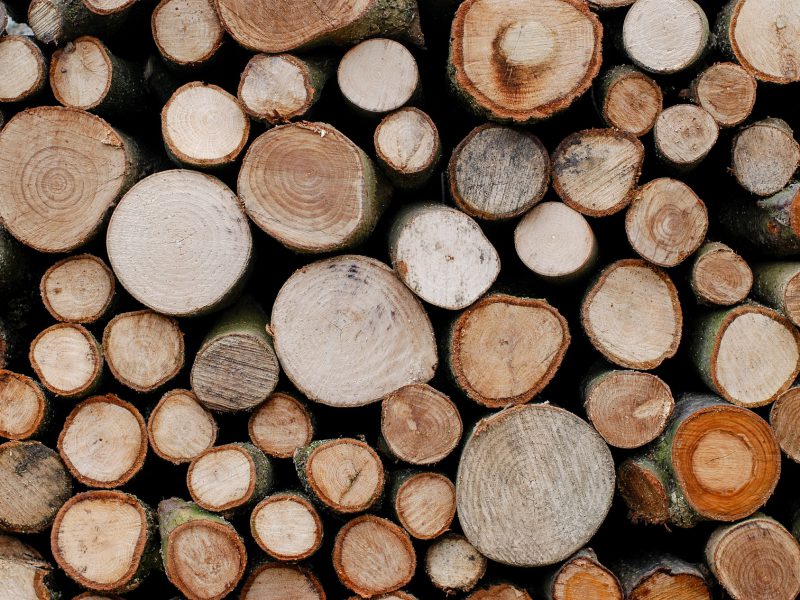
Flushing Our Forests.
How does your toilet paper rank with regards to sustainability? The Natural Resources Defense Council developed a sustainability scorecard to toilet paper brands due to the destruction of Canada’s Boreal Forest. However, sustainability of our forests also become an issue when it comes to paper towels and facial tissue.
But More than Just Forests.
Some of the ingredients in our toilet paper have been shown to irritate the vulva, as in the case of formaldehyde. Or to cause burning when wiping, from petroleum based mineral oil. Even BPA is found in toilet paper, as are bleaching agents.
Make the Switch.
Several companies are reducing the use of plastic packaging when selling paper products. Others are not using wood pulp, but rather bamboo.
• The “Who Give a Crap” website offers 48 double length 3-ply rolls at a little over $1 each. They are made with forest friendly bamboo and contain no inks, dyes or scents. Caboo Tree Free Household Products are made from both bamboo and sugarcane.
• Grove Collaborative offers a tree-free paper towel made out of bamboo. Because of its ability to hold 3x its weight in water, a 75-sheet roll has the same absorbency as a 150-sheet roll of regular paper towels.
• Some people don’t think bamboo is as soft as standard tissue. Green Forest always gets top scores in sustainability and safety. It’s whitened without chlorine, safe for septic systems, and is made from 100% recycled paper.
And Don’t Forget Disposable Cups and Plates.
Manufacturers have now developed disposable tableware made from compostable and recyclable materials. Check out biodegradable options for your next large get together where traditionally you might opt for paper products.
• Eco Products features recyclable dining ware made from sugarcane and bamboo
• World Centric Organization offers serving containers made from wheat straw fiber
• Green Paper Products offers sugarcane plates, biodegradable cups and compostable cutlery in party sized packs for an extremely nominal cost


 NASA Says Plants Clean the Air
NASA Says Plants Clean the Air